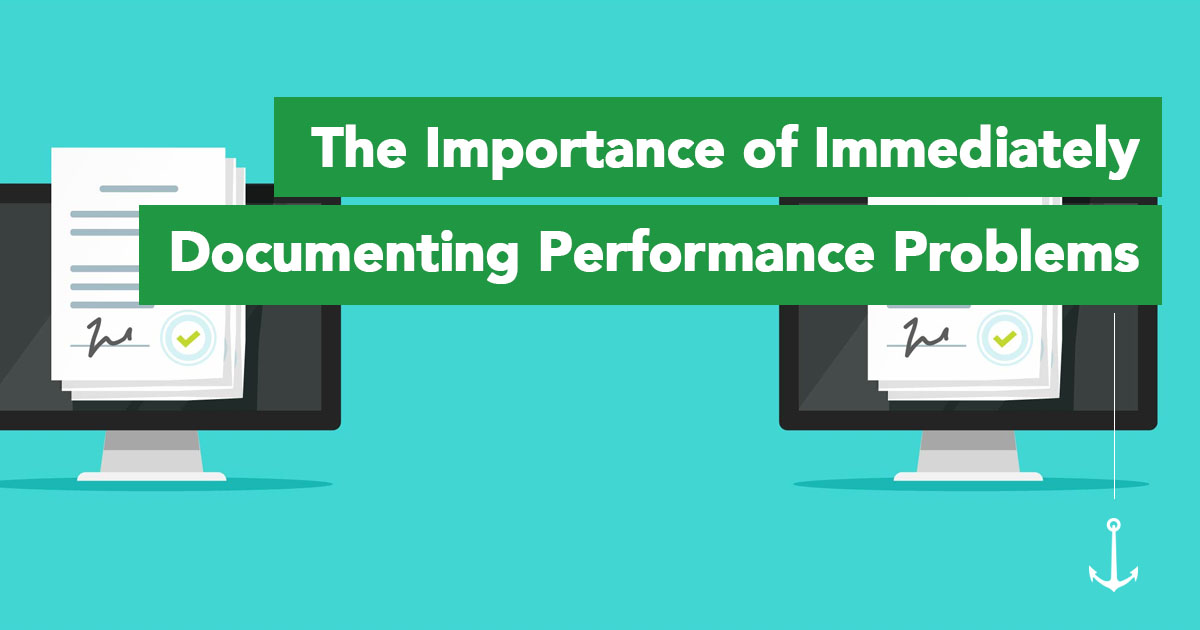New York has passed an expansive law to legalize recreational cannabis (a.k.a. marijuana). The law, called the Marihuana Regulation and Tax Act, includes strong employment protections for off-duty use, effective immediately.
Anchor Staff
Recent Posts
Why States and Municipalities Are Protecting Natural Hair
With the recent addition of Connecticut, eight states and a number of municipalities have passed laws prohibiting race-based hair discrimination, also known as natural hair discrimination. CROWN (Creating a Respectful and Open World for Natural Hair) acts are laws intended to create and enforce legal protections so that employees don’t have to hide their racial identity by changing their natural hair in the workplace.
Topics: hr, humancapitalmanagement
The American Rescue Plan Act (ARPA), which is the latest bill to address the ongoing economic impacts of COVID-19, has been signed into law. Most aspects of the law do not directly affect the HR function, but two of those that do—optional extension of sick and family leave and establishment of COBRA subsidies—are outlined below.
Topics: ARPA
In 1970, when Richard Nixon signed the Occupational Safety and Health Act into law, an estimated 14,000 workers were killed on the job every year. Fifty years later, that number is down to 5,333, but safety in the workplace remains a paramount concern, and not only because we’re struggling through a pandemic.
We’ve broadened our knowledge of what dangers threaten the workplace and what strategies are best suited to promote organizational health. We better understand the psychological effects of stress, the damage caused by harassment, and harmful consequences of inequality. And we know how to mitigate these risks more effectively.
As you work to keep your workplace safe, consider implementing the following practices:
Employee handbooks are a nifty communication and reference tool for the workplace, but only if they’re used and not collecting dust on some physical (or digital) shelf. A handbook is only as good as what it does. At the minimum, it should do the following:
Introduce employees to the fundamentals of your organization’s culture—the beliefs and values that members of the organization are expected to share. This introduction explains what you do and why you do it. It may also give employees a look into the history of your organization, how you got to where you are, and where you intend to go. Last but not least, it gives employees an idea of how they can contribute to the culture.
Communicate to employees what general behaviors and procedures are expected of them. These include general safety responsibilities, confidentiality expectations, timekeeping processes, reporting procedures, dress codes, and any other ways of doing things at your organization.
Educate employees about what they can expect from the organization’s leadership. Executives, managers, and HR departments have obligations to their employees—both those they’ve established themselves and those required by law. A good handbook tells employees what those obligations are and how they will be met. If your employees are entitled to leaves or accommodations, for example, your handbook should explain these.
Support consistent enforcement of company policies. Employers expose themselves to risk when they interpret, apply, or enforce policies inconsistently. Transparency about policies and how they are enforced helps keep everyone accountable and the enforcement of rules consistent across the company.
Showcase the benefits the organization offers. Does your organization offer vacations, 401(k), health insurance, paid parental leave, or other employee benefits? If so, your handbook should outline these programs and their eligibility requirements.
Let employees know where to turn for help. Employees should feel safe turning to HR or a manager to report workplace violations, get workplace-related assistance, and get answers to any other questions they may have. The alternative is for them to turn to an outside third party, like the EEOC, the DOL, or an attorney, which could trigger a costly and time-consuming investigation. When a handbook provides multiple ways for an employee to lodge a complaint (ensuring they won’t have to report the problem to the person creating the problem), they are more likely to keep their complaints in-house.
Topics: leadership, teams, employees, hr
Good Worker, Poor Attitude: Boosting Employee Morale
If we held the key for resolving the seemingly endless workplace morale problems, we would never have to work another day. While boosting employee mindset and motivation is a fairly complex topic involving many factors and moving pieces, generally the best approach to the issue is to look at the factors that substantive data has shown most closely align with employee satisfaction. Multiple research ranks these criteria in a number of varying sequences; however, there is no question that the factors listed below greatly impact an employee’s overall satisfaction in the workplace:
Topics: leadership, teams, hr, motivation, tips
What happens if someone is misclassified as an independent contractor?
There are many potential liabilities resulting from misclassification and they come from several sources: namely, the IRS, unemployment insurance, workers’ compensation, federal wage and hour law, and state wage and hour law.
How to Help Employees Communicate More Effectively
In an ideal world, communication would be easy. We’d immediately know exactly what to say or write. Emails, Slack messages, and reply threads would practically write themselves. And there’d be no confusion about what anyone meant, ever
Of course, communication never works that way. We stare at the computer screen trying to decide how to begin an email. We misspeak or garble our words. We don’t always convey exactly what we intend. We misunderstand, overlook, or forget information we’ve been given. We also sometimes read emotions into words that weren’t what the writer was feeling. Or we pack our speech with such an emotional punch that it distracts from the point we’re trying to make.
Topics: leadership, effective meetings, teams, employees, Success, effective communication
Question: What are some typical examples of employee discipline? Are there any you recommend?
Answer: Discipline should reflect the severity of the behavior, attempt to correct it, and be applied consistently. You’ll want to consider how you addressed certain behaviors in the past and the precedent you want to set for the future. For instance, if you jump straight to a final warning when a certain employee is an hour late to work, but let another employee come in late regularly without so much as a written warning, you’re setting yourself up for trouble.
Topics: documentation, discipline
The Importance of Immediately Documenting Performance Problems
The importance of documenting performance problems as they occur cannot be overstated. Although this requires meeting with the employee and discussing the issue, which will almost certainly be uncomfortable, it’s your best defense to a wrongful termination claim should the employee feel litigious after termination.
Too many employers rely on the concept of employment at-will to protect them, when the reach of this concept is actually quite limited. The problem is that if an employer has little to no documentation and relies on at-will employment—and the theory that legally no reason is required—the terminated employee, their attorney, and possibly a jury of their peers will fill the blank with an illegal reason. Although you may be within your rights to terminate “for no reason,” it’s a dangerous position to take.
Topics: teams, hr, documentation, termination, discipline












